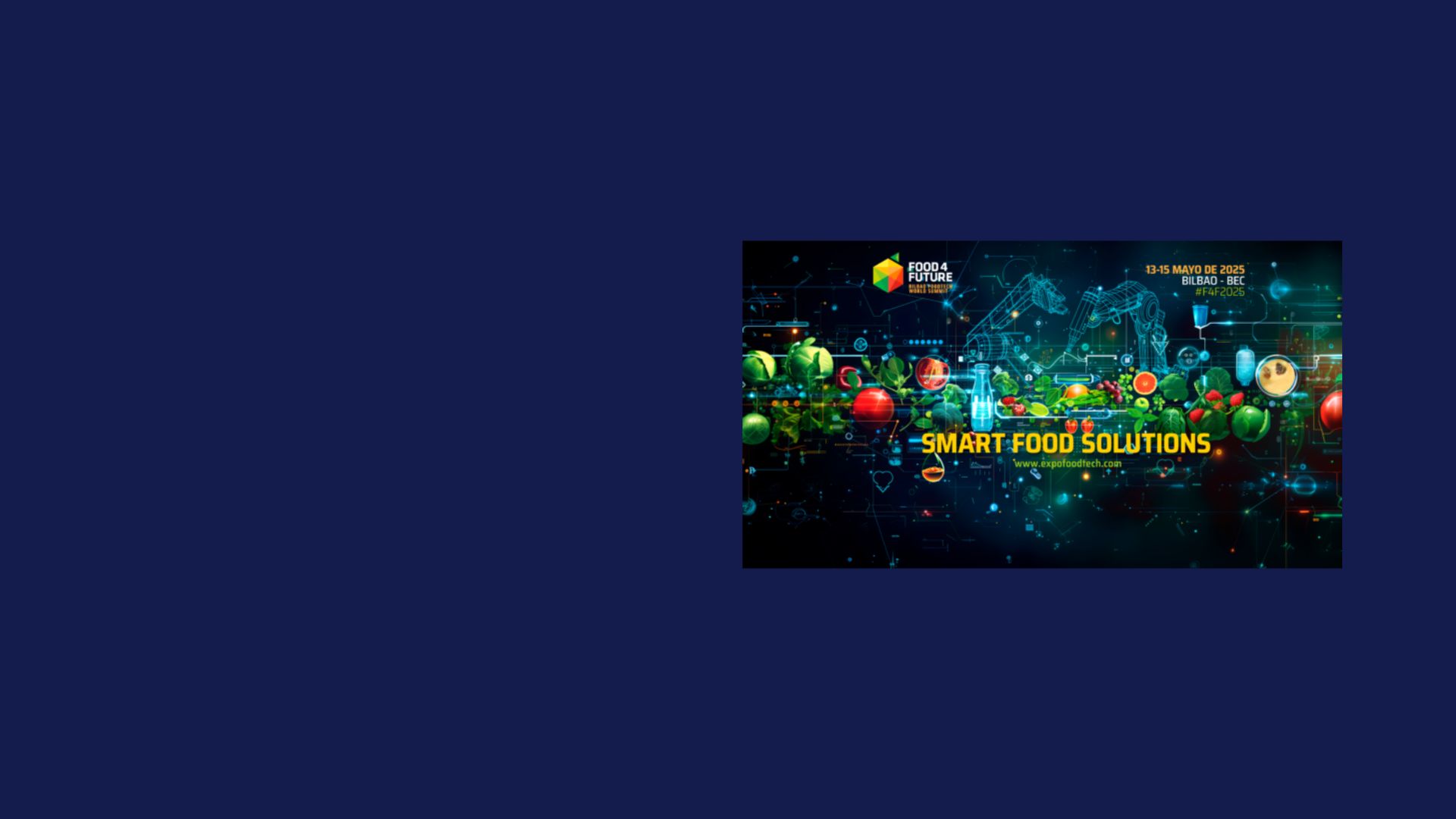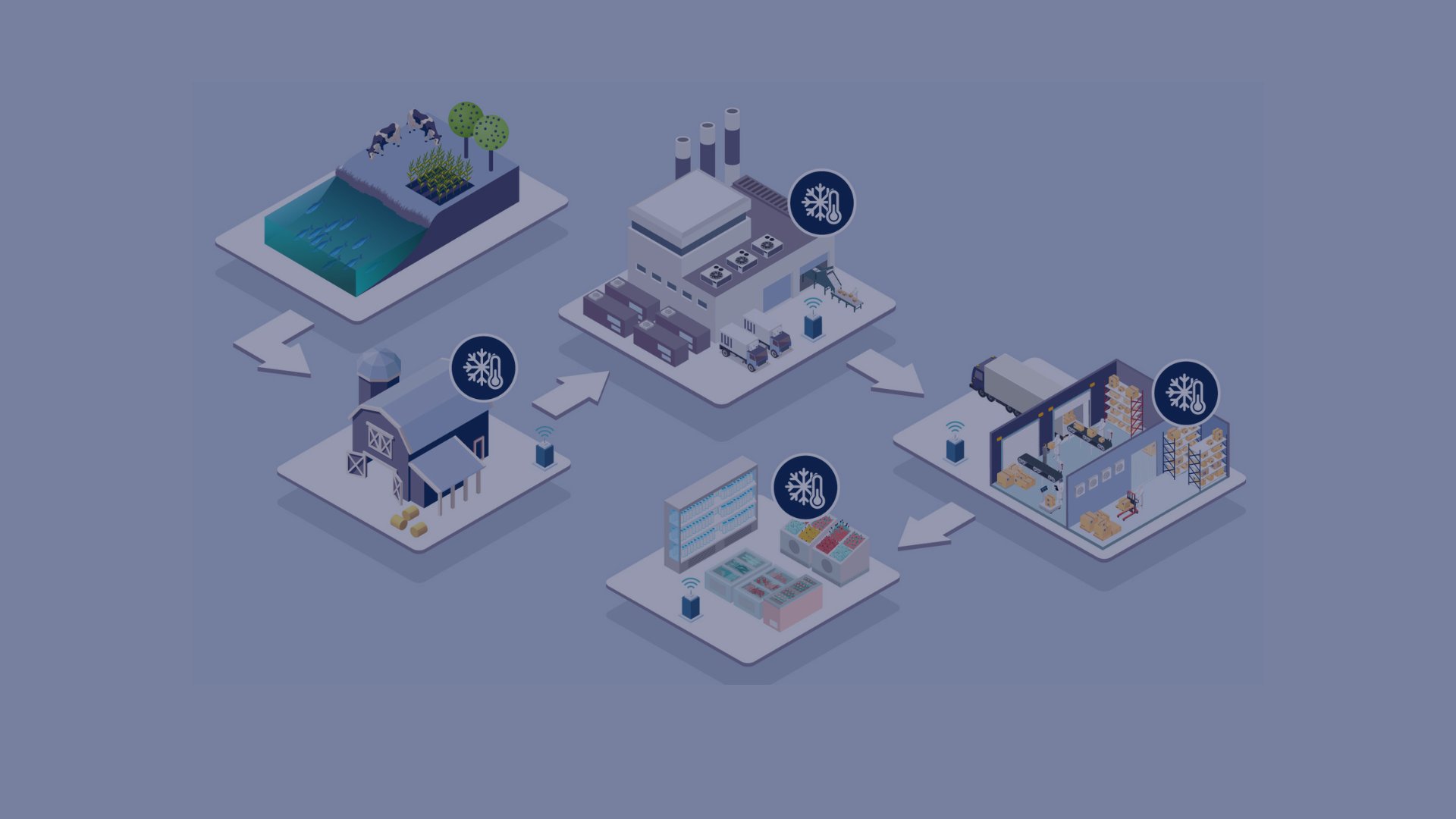What is digital twin (industry 4.0)?
Although the term digital twin may be associated with cutting edge technology, it has existed for a long time. Michael Grieves was the first to apply it to the manufacturing sector during a conference on life cycle management held at the University of Michigan in 2002. However, David Gelernter had already coined the term in 1991 in his book Mirror Worlds and NASA had already resort to digital twins for its missions.
So, even though the importance of digital twins in Industry 4.0 was already clear when Grieves spoke about their benefits, their evolution over the decades has brought new horizons. This has been possible thanks to the advances in other scientific fields such as machine learning, AI, big data analysis, etc.
However, what is digital twin? As the name suggests, it is a duplicate, a virtual representation of a service, process or product. A digital twin in manufacturing includes an exact copy (created from sensor data) of the functions, specifications and behaviour of a machine or process. As a result, the information collected in real time is used to create the virtual model, while the latter can be configured to automate its physical counterpart’s operation.
Consequently, in industrial/commercial refrigeration facilities, digital twins of the condensers, heat pumps, evaporators, etc. can be created if these appliances have the sensors needed to collect sufficient big data to feed these virtual replicas. Recreating the characteristics of these components enables the usage of a virtual world in which it is possible to run simulations of product designs/replacements, of maintenance processes, of potential optimisations, etc. This, in turn, makes it possible to anticipate failures and to identify opportunities for improvement without having to develop extremely expensive prototypes or be obliged to risk the company’s capital in modernisation projects whose outcome is uncertain.
As mentioned, however, the proper functioning of these digital twins requires the establishment of communicative, collaborative, physical and computational processes. Smart machines fulfil this purpose thanks to their self-awareness and their self-comparison. The former refers to the fact that these devices are able to assess their own performance and reconfigure themselves automatically to solve problems that may be causing a decrease in efficiency; the latter is based on the machine’s capacity to send and receive information about the operation of similar pieces of equipment that be performing similar tasks, which allows their automatic readjustment. This requires taking advantage of the progresses in data analytics, data science, computer engineering and mathematics in order to develop algorithms that be powerful enough for this system to work in a coordinated, automated, adaptative and efficient way.
Digital Twins vs. Cyber-Physical Systems
In our article “How to adopt a smart factory system?”, we defined what a CPS is in the industrial context; however, this characterisation could lead us to confuse this concept with the term digital twins (DTs), so we will explain their differences briefly.
According to “Digital Twins and Cyber-Physical Systems toward Smart Manufacturing and Industry 4.0: Correlation and Comparison” (Tao et al., 2019), DT is a physical object’s or process’ virtual copy used to improve the operation of an industry in real time, while CPS refers to the integration of physical and computational processes in general terms.
In other words, CPSs focus on the information obtained from sensors and actuators to augment the capabilities of more complex physical systems (consisting of more than one machine/process). Through these CPSs’ computational power, it is possible to monitor and control actuators and sensors dynamically via a virtual copy. DTs, on the other hand, focus on the virtual domain and they are a faithful representation of a system/component/product, a virtual replica that serves to simulate the behaviour, functions, state, physical properties and other characteristics of the real object throughout its life cycle.
Types of digital twin in manufacturing
Both DTs and CPSs act at different levels (unit, system and SoS) and, depending on these, we can establish different kinds of digital twin in manufacturing.
- Unit-level models. This is the most basic digital twin application, as it represents a single piece of equipment/material or a particular environmental factor. Inferior components’ twins are usually referred to as twin parts.
- System-level models. By creating links among unit-level models a network is created, thus allowing the units to work in synchronisation. Their utilisation allows for a substantial increase in the optimisation of processes, resources, etc., as well as for an advanced knowledge about the production line, the shop or even the factory. It should also be noted that products with highly complex components (such as an aircraft) can be considered system-level DTs and that, in this case, the set of unit-level DTs is usually referred to as complex product DT.
- System-of-systems models. SoS-level DTs have the widest scope of action among the digital twins. Their purpose is to integrate all system-level DTs to obtain information and illustrate how they work together.
Digital twin. Applications in industry 5.0
In spite of this classification, all levels of application are directed to achieve the same goal: to improve the understanding of a particular process or product. The industrial/commercial refrigeration sector, in this respect, is one of the areas of activity that can benefit most from a digital twin industry 5.0 for several reasons.
- The design of refrigeration facilities must take into account a greater number of external and internal factors. Thus, engineers have to consider variables such as external temperature, product storage temperature, cooling capacity, the characteristics of the refrigerants or the energy consumed by condensers/evaporators/etc.
- Optimisation projects are expensive and risky. When upgrading a system, it is necessary to collect as much data as possible to know which components are the most appropriate ones, which of the existing equipment will have to be replaced and how much energy will be needed to supply the entire system. Moreover, such equipment is not cheap and a malfunction in the cold chain may result in product loss as well as in a threat to food safety.
- Every facility is different. Although the components are similar, each company has unique characteristics (objectives, equipment, budget, etc.) and installation conditions (available space, insulation, etc.), which means that the appliances will have very different life cycles.
- Their interaction with other factors is extremely high. Industrial/commercial refrigeration is present in supermarkets and in the food industry, but also in cinemas, in the pharmaceutical sector and in hospitals. In all these areas, cooling systems have a specific purpose (such as the preservation of food/medicines or ensuring the users’ comfort), but it is inevitable that their operation affect other factors such as the employees’ productivity, energy consumption or pollution.
Advantages of digital twin in industrial refrigeration
Despite all these difficulties, it is possible to list a wide range of advantages of digital twin in industrial refrigeration. Among other applications, digital twin benefits:
- The simulation of changes and optimisation processes. These variations are first introduced into the virtual representation to find out the effects that they would have on the service provided by the facilities and, as a result, it is possible to assess whether it is feasible to implement them.
- Decision-making. Given that digital twins are created thanks to the data obtained by sensors, the simulations are a perfect representation of the components and/or systems, so the resolutions adopted based on them will be underpinned by objective information.
- Predictive maintenance. Digital twins are fed, as we have repeated on several occasions, with data generated by the physical element they “reflect”, which enables them to emulate the behaviour they will have throughout their life cycle. Consequently, their potential malfunctions can be anticipated to avoid major issues. In fact, it is possible to create several copies of an element, so that different courses of action can be explored.
- The improvement of competitiveness. Some industrial processes are made up of a wide range of systems that must work in a perfectly coordinated way, and, in this sense, the link between the physical and the digital part makes it possible to establish relationships among the components of this SoS through data flows. These enable the combined and efficient management of processes without taking risks.
Digital twin benefits for other sectors
Other examples of digital twin applications are the following.
Advantages of digital twins for power generation.
Power generation is a system of systems that is extremely difficult to control. On the one hand, energy demand varies depending on the time of day, weather and season, and, on the other hand, the power plants’ capacity to produce energy is not always the same. DTs can be used to analyse the performance of energy production systems and to combine this information with data about the grid’s status and other factors such as energy storage capacity, thus enabling an intelligent and integrated management of the company’s assets.
Advantages of digital twins for healthcare.
Just like machines, humans have also specific needs depending on their individual health records. Therefore, doctors can pool the data generated by tests to create digital twins that predict how a person’s health status will progress over time, which is very useful for a preventive kind of medical care. This information could be used (potentially) to test different treatments on our digital twin.
Advantages of digital twins for the automotive industry
Cars have evolved from a purely mechanical tool to heavily electronic products. In fact, a digital twin benefits not only the car’s design (aerodynamics, safety, efficiency, etc.) and production, but it also changes the way in which we understand cars and how they work.
The best example of this are autopilots. Thanks to the big data generated by proximity/rain/light sensors, cameras and other receivers of information, some car models are already able to assist the driver. In the not too distant future, big data management, cloud computing, AI and machine learning will allow cars to be driven without human intervention with an extremely low error rate.
Advantages of digital twins for urban planning, engineering and architecture
Finally, it is not difficult to assume that, thanks to the development of smart machines, home automation, building automation, smart factories and smart buildings, we will be able to create smart cities.
Digital twins will facilitate the design of these towns, as engineers and architects will be able to use real-time 3D and 4D digital models, as well as augmented reality, to plan the construction of public works, the development of energy efficiency projects, etc., taking into account all possible variables.
Digital twins could even represent the interaction between all the city’s systems. This, in turn, could be helpful, for example, to predict how its buildings would behave in case they suffer extreme weather events or how a city should expand to avoid service collapses.



